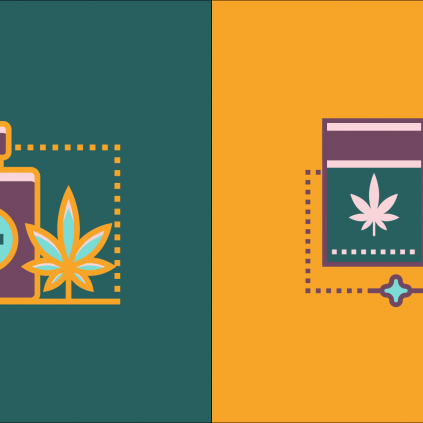You might have noticed that, over time, your tolerance for cannabis products increases. Don’t worry—this is completely normal. Because THC activates the CB1 receptors in your brain (this is what makes you feel high), the stoned feeling is actually an abnormal increase in your brain’s CB1 receptors. Once the high feeling fades, your CB1 activity returns to normal.
However, for those who use THC regularly over the course of a couple days or weeks, the brain responds by minimizing your CB1 receptor activity and maintaining a normal brain response. In short, your CB1 receptors are altered and increased use can dampen THC’s impact on the brain, and in turn, how high you feel.
You’re probably wondering: Why does this matter? Well, some cannabis users want to increase their tolerance in order to experience fewer of the psychological impacts of cannabis and more of the health benefits cannabis use brings. Alternatively, there are users interested in reliving that first feeling of being high, either to make the most out of the cannabis products they purchase, or to enjoy cannabis without consuming more and more each time.
Enter: cannabis tolerance breaks.
So, what is a cannabis tolerance break and what does it entail? Simply, a cannabis tolerance break—also known as a T-break—is a self-imposed hiatus from cannabis use. Cannabis users who partake in cannabis on a daily or weekly basis are more likely to have a high tolerance. With a tolerance break, which can last anywhere from two weeks to a month depending on your habits, cannabis users allow the brain to recover from continuous use. With recovery can come changes in behaviour, brain chemical receptor levels, and overall brain function.
Next time you’re shopping for cannabis and find you need to buy more to get the same amount of high as you’re used to, you might want to chat with your budtender or in dispensaries in Toronto about taking a tolerance break.




